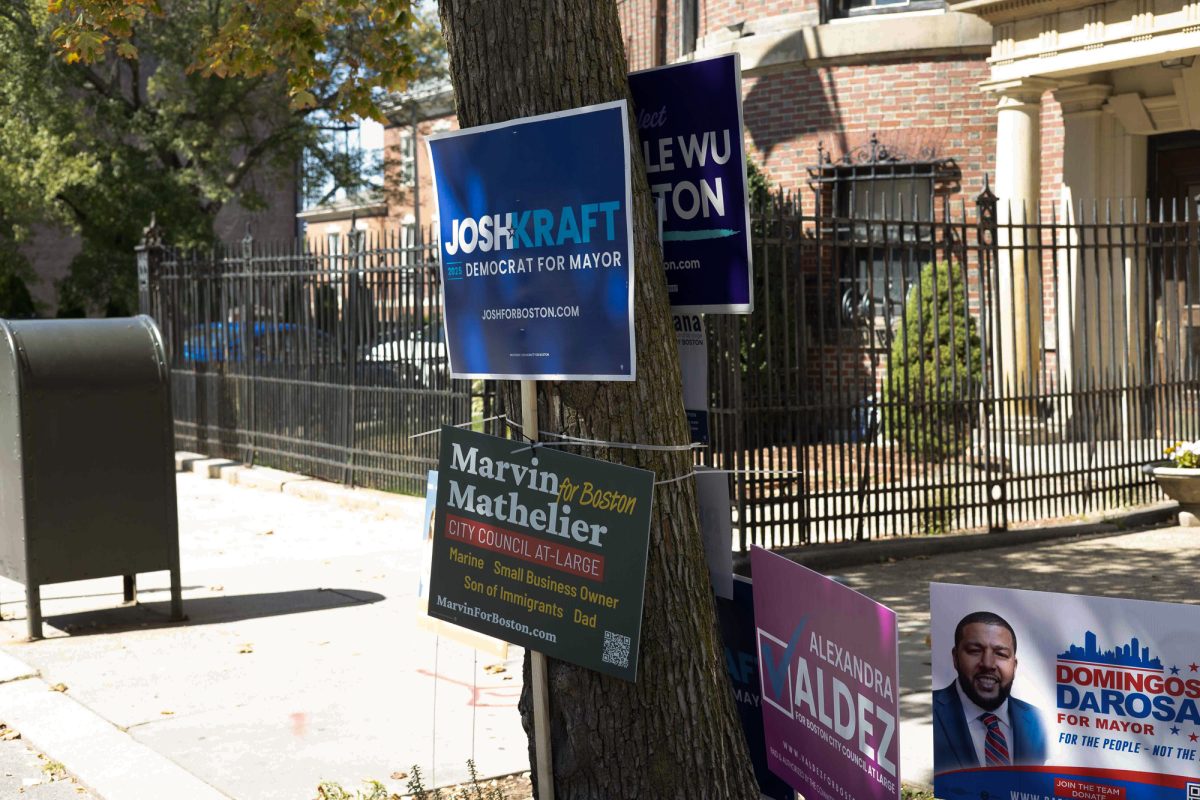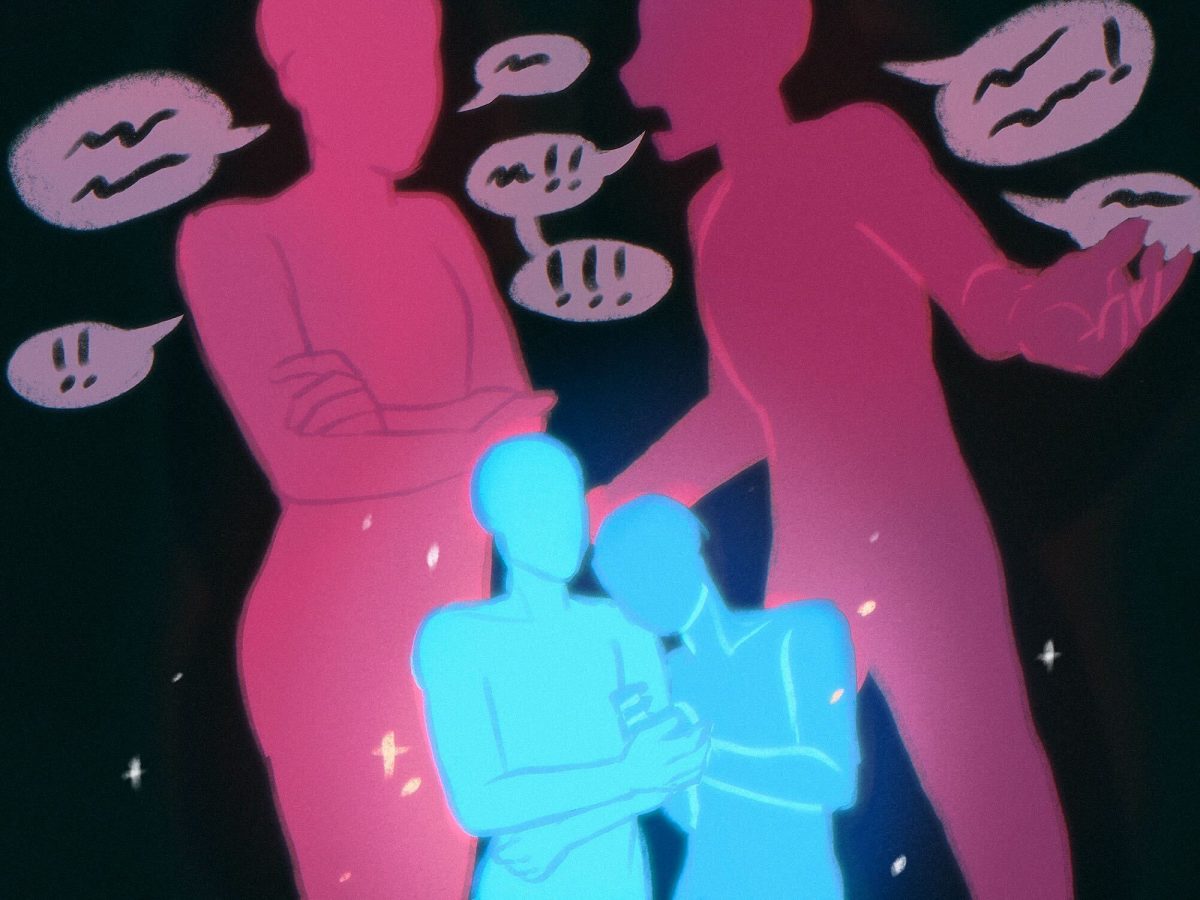
Boston Globe reporters, local executives and community members gathered Tuesday night to discuss Boston’s image concerning the city’s racism.
Held at the John F. Kennedy Presidential Library and Museum, the forum was organized to figure out how to lay out Boston’s blueprint as it continues to grow and how the city can become more welcoming to everyone, according to the event’s Facebook page.
Steven Rothstein, executive director of the JFK Library Foundation, emphasized the importance of talking about race in society today.
“The Boston Globe Spotlight team put a spotlight on the issue of race in our city,” Rothstein said in an interview. “We have a long way to go and it’s important to continue the dialogue.”
In a 2017 survey featured in the Spotlight series, African-Americans rated Boston as the least welcoming to people of color out of eight different major U.S. cities.
Rev. Liz Walker, the event’s moderator, opened the discussion by noting that $18 billion of public money recently went toward the Seaport district, a neighborhood that, she said, is predominantly white.
The Seaport district was a major focus of the conversation, as several of the panelists said it is symbolic of the racial and economic divide currently present in Boston.
Despite Seaport’s reputation as an economic hotspot, Darryl Settles, the president of Catalyst Ventures, a business consulting firm dedicated to showcasing diversity in Boston, said that there is a disproportionate lack of businesses owned by people of color in the district.
“There’s only two minority businesses there that I’m aware of,” Settles said. “One is a barbershop that’s owned by a friend of mine and it’s 300 square feet, and the other is a Latino restaurant that has about 400 seats. If you look at how much economic output and input [there is] happening over there, it’s tremendous.”
The biggest oversight with regard to the Seaport district is that people of color were not involved in the planning process, Settles said.
“There are no brown people at the table,” Settles said. “In our government, both at the city and the state [level], the leadership did not make it an issue.”
Tammarrah Lee, 65, of Roxbury, said in an interview that although she currently experiences racism in Boston, she feels optimistic about future race relations in the city.
“After the civil rights movement, I saw a lot of significant change, which enabled me to pursue higher education,” Lee, a retired Boston public school teacher, said. “However, it seemed that the more I became educated and unwilling to go along with the status quo, I became the target of workplace bullying and harassment.”
Boston NAACP President Tanisha Sullivan said she believes it is important to have candid conversations about the suffering of people of color in order to improve race relations.
“We have to be willing to have real conversations, where I can feel free to talk about the pain that I have experienced as a little black girl going to a predominantly white school where it wasn’t necessarily okay to be the smart black girl,” Sullivan said. “There’s pain that comes with that.”
Maggie Keefe, 63, of Jamaica Plain, said she wonders about the role of white people in the conversation about race.
“A lot of it is being aware of the microaggressive things that are said that seem innocuous and really aren’t and [being] more of a witness to it for others so that it’s not all on the minority community to be calling people out on it,” Keefe said.
Salina Allen-Sharpp, 57, of Dorchester said she is not hopeful that race relations in Boston will improve.
“I don’t have a whole lot of hope, even coming out of this conversation, because I’m still dealing with racism,” Allen-Sharpp said. “The things I dealt with in the ‘60s, I’m dealing with my grown kids now.”
Allen-Sharpp said she agrees with Sullivan that conversations concerning healing are necessary for improvement.
“People want to be heard and they want you to hear their story,” Allen-Sharpp said. “If they can’t get their story out, it’s suppressed and that suppression leads to anger, it leads to frustration, [it] leads to them looking around and seeing that their situation hasn’t changed in the last 30 years.”

















































































































Emily • Mar 1, 2018 at 10:35 pm
Hi Torii – White people are sometimes the targets of prejudice and crimes, just like people of every other race. But as white Americans, we are not subject to the systemic racism that impacts every aspect of black Americans’ lives. White people have a great amount of power and privilege in this country, and we have access to rights, resources, and opportunities that are systematically denied to people of color. Because of these massive structural inequalities, it is very important for our community to have conversations that center around the racism that affects people of color in Boston.
Torii • Mar 1, 2018 at 2:36 am
Older white women were targeted and bullied by principals with carte blanche in the Supt Johnson era. A proponent of segregation, she put students and teachers at risk by covering for several black principals criminal behaviors- domestic violence, cocaine trafficking, social security fraud – and the administrator Shaun O Harrison who shot a Caucasian student execution style. This was not a conference about discrimination in Boston;rather a conference about discrimination against blacks in Boston.